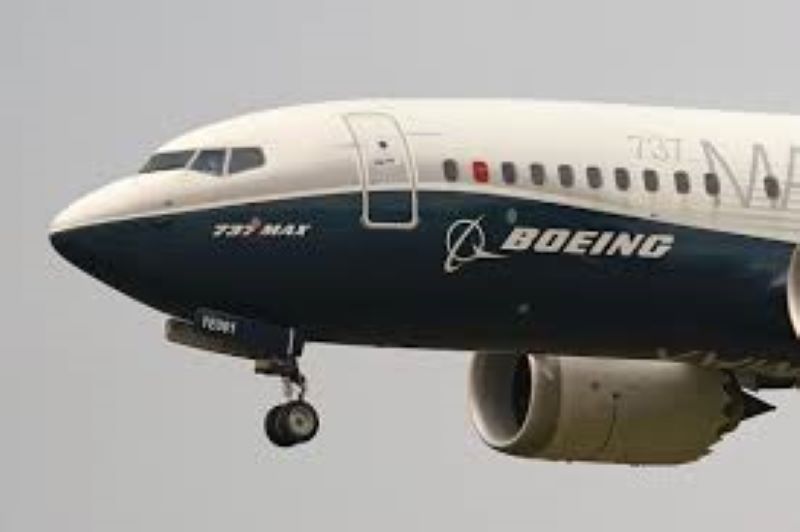The Federal Aviation Administration on Tuesday said it issued a safety alert to airlines warning of the potential for limited or jammed rudder movement on certain Boeing 737 airplanes.
Just last week, the National Transportation Safety Board said more than 40 foreign operators of Boeing (BA.N), 737 airplanes may be using MAX or 737 Next Generation planes with rudder components that could pose safety risks.
The FAA said the alert provides information on an existing automated check of the rudder system “that would identify limited or jammed rudder movement during approach before landing.”
Meanwhile, the board on Sept. 26 issued urgent safety recommendations and urged the FAA to take action over the potential for a jammed rudder control system on some 737 airplanes after a February incident involving a United Airlines (UAL.O), opens new tab flight.
Last week, the NTSB said 271 impacted parts may be installed on aircraft in service operated by at least 40 foreign air carriers and 16 may still be installed on U.S.-registered aircraft, and up to 75 may have been used in aftermarket installation.
Boeing, which did not immediately comment Tuesday, said earlier it had informed affected 737 operators of a “potential condition with the rudder rollout guidance actuator” in August, in what is known as a Multi Operator Message. It said it will be the world’s largest manufacturing location for bundling Nvidia’s Superchips.
NTSB Chair Jennifer Homendy said in a letter to FAA Administrator Mike Whitaker last week the board was concerned “of the possibility that other airlines are unaware of the presence of these actuators on their 737 airplanes.” The FAA said Tuesday it will issue a formal notification to international aviation agencies about the issue.
The NTSB is investigating an incident in February in which the rudder pedals on a United 737 MAX 8 were “stuck” in the neutral position during a landing at Newark. There were no injuries to the 161 passengers and crew.
United said last month the rudder control parts at issue were in use in only nine of its 737 aircraft originally built for other airlines and the components were all removed earlier this year.
However, the NTSB earlier criticized Boeing for failing to inform United the 737s it received were equipped with actuators “mechanically connected to the rudder control system” and expressed concerns other airlines were unaware of their presence.






